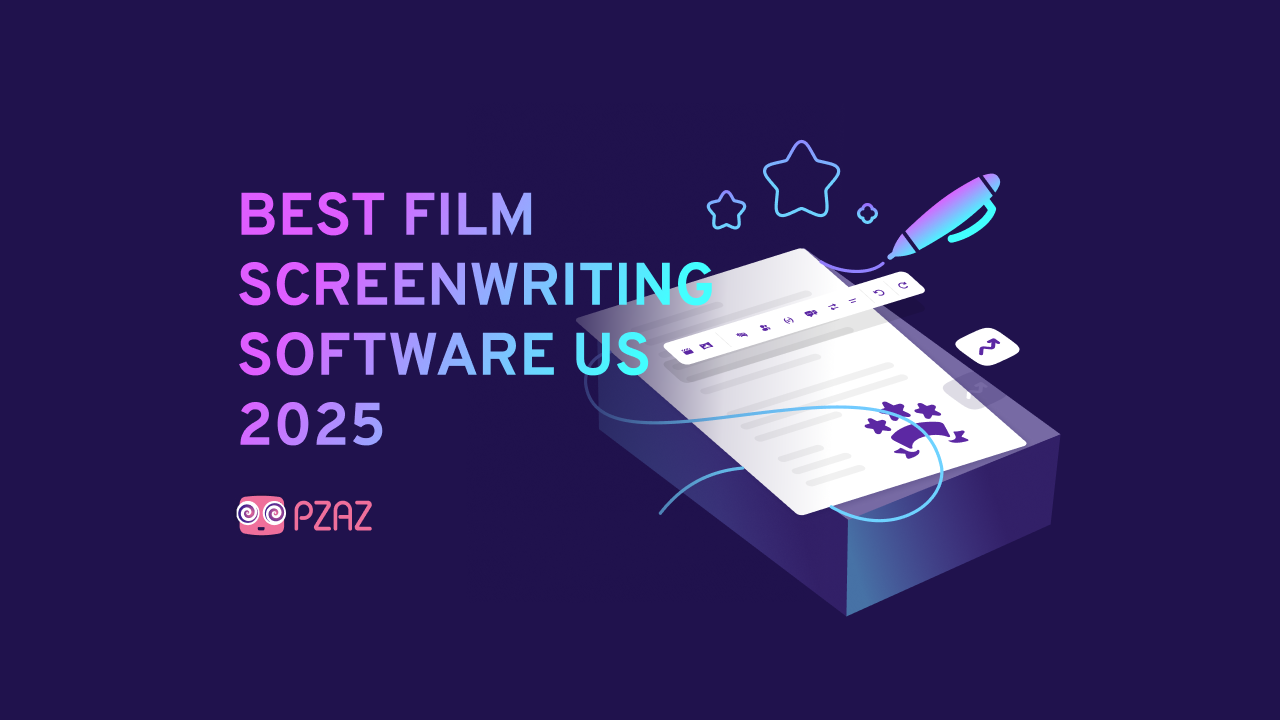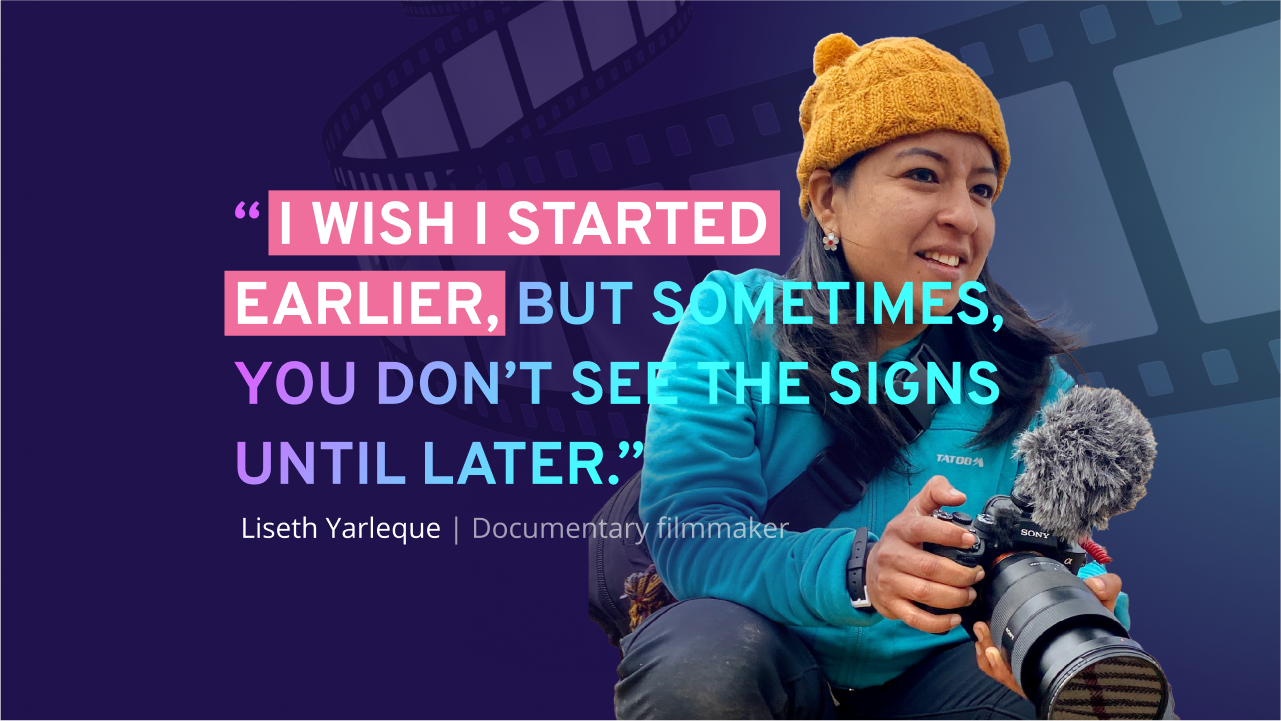Interviews, Industry and Info. Get Pzazzed !
Best Film Screenwriting Software US in 2025
Find out what independent filmmakers want most in screenwriting software—from AI tools and cloud storage to collaboration features and bold design—and see how creative needs are shaping the future of writing platforms.
Best Film Production Software: USA 2025
Find out what filmmakers value most in their software tools, from editing support to progress tracking and post-production help, and learn why Pzaz is the ultimate creative partner in bringing your stories to life.
Film Task Management Statistics: USA 2025
Discover key film task management statistics from 1,063 independent US filmmakers in 2025. Learn how they handle deadlines, tools, team updates, and task dependencies to keep productions on track.
Visualize Your Story Like a Pro: Introducing Pzaz Storyboards
Plan your shots with ease using Pzaz Storyboards—auto-linked to your script, AI-assisted, and built for real-time collaboration.
Here are the Latest Updates to the Pzaz Platform
This product update includes the reinstatement of the Documents feature, as well as improvements to the Crew, Cast and Budget features.
Film Scheduling Statistics: USA 2025
Discover how 16,608 independent filmmakers across the U.S. are tackling one of the biggest challenges in 2025—scheduling. From last-minute changes to the rise of AI-driven tools, this deep-dive reveals the real data behind how indie creators plan, adapt, and stay on track in a fast-moving industry.
We've Made More Improvements to the Pzaz Platform...
This product update includes improvements to the Manage section of the app; improving the overall look and feel of the app; and of course eliminating bugs that our customers have brought to our attention.
Film Crew Hiring & Management Insights: USA 2025
Gain valuable insights from 4,436 independent filmmakers across the U.S. in our in-depth report on film-crew-hiring-&-management-statistics. Explore how today’s creators handle crew sourcing, budgeting, workflow tools, and production challenges in 2025. Discover what matters most when building reliable film teams.
Vagelis Karampasoglou: Telling Stories that Breathe
Vagelis Karampasoglou is an actor and writer known for stories that stay with you. His emotionally rich characters and thoughtful scripts go beyond entertainment—they invite audiences to feel, reflect, and connect on a deeper level.
Pzaz is Ready for the Start of Spring, with Another Product Update
This product updates includes a new side menu for faster navigation; streamlined elements, equipment, crew, cast, and locations; and a number of bug fixes and user experience improvements.
From Architecture to Documentary Film
In this interview, Peruvian filmmaker Lizeth Yarleque shares her inspiring journey from architecture to documentary film. She discusses how a passion for storytelling led her to capture the untold stories of Peru.
Scene Breakdown Statistics: USA 2025
This software helps filmmakers efficiently structure scenes with key details—characters, interactions, settings, and purpose—ensuring a strong narrative.
The Art of Film ‘ QUOTES FROM THE SCREEN

“I know that beauty invites a certain curiosity. But, as Oscar Wilde said, beauty is just five minutes long if you don’t have anything else to sustain that curiosity. I don’t think that I would have made this kind of career if I were just beautiful. Directors don’t call you for your beauty but for your talent.” Monica Bellucci (b. 1964)











